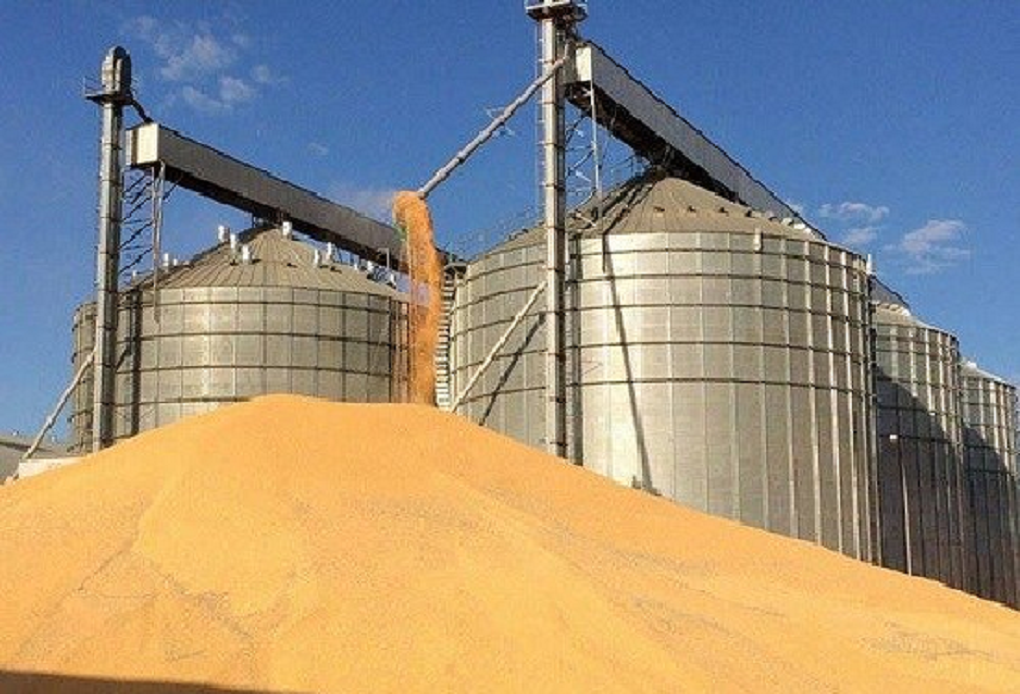
The term “crush” is derived from the soybean processing sector where soybeans are crushed to produce oil and meal. This oilseed is processed into soybean meal and soybean oil through a process known as crushing.
The crush spread is the difference between the value of soybeans and its byproducts, and is an important tool to evaluate the potential profit margin for soybean processors. Generally 18% of Soy oil is recovered on crushing of soybean oil and the balance 82% is soy meal.
Soybean is cracked during the crushing process so that the hull is removed, and then rolled into flakes. These flakes are soaked in a solvent and put through a distilling process to produce pure crude soybean oil. The soybean flakes are dried after the oil has been extracted. The dried flakes are then toasted and ground into soybean meal.
On the other hand, soybean oil is made by extracting oil from whole soybeans. This process involves
De-hulling - (It is the process of removing the hull of a seed) followed by crushing of soybeans
Separating the oil from the remaining past of soybean, and then distilling
Refining the oil so as to remove contaminants, that may affect the flavor, smell, and color of the oil.
The crush spread is the difference between the combined value of meal and oil and the value of the original soybeans. The crush spread is a gauge of the soybean processor’s profit margin, or the gross processing margin from crushing soybeans. Soybeans processors can use the crush spread in order to lock in a gross profit margin and cover the risk of adverse price fluctuation: inflation of soybeans inputs and deflation of outputs such as soybean meal and soybean oil.
Crush Margin Formula = (Soybean Meal Price x 80%) + (Soybean Oil Price x 18.3%) – Price of Soybean
A negative crush margin indicates that it will not be profitable by the processors to carry with the crushing operation. Therefore to pursue the crushing profitably, it is important for the processors to watch out for a positive margin.
















